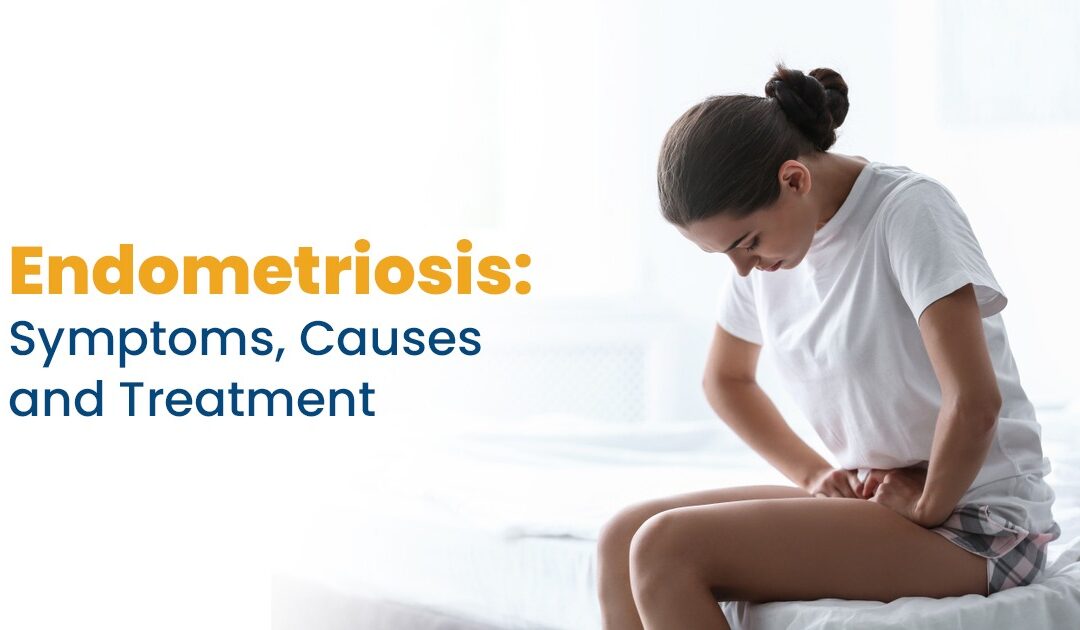When an individual has endometriosis, their uterine lining tissue grows outside of their body. Pregnancy may be more difficult and result in excruciating pelvic pain. Tumor lining-like tissue grows outside the uterus in endometriosis. Because of this, the pelvic area becomes inflamed and scar tissue forms. Starting with the first menstrual cycle and continuing through menopause, endometriosis can develop in a person.
Globally, 190 million women and girls of reproductive age are affected by endometriosis, which represents 10% of the total. Chronic pelvic pain, persistent abdominal bloating, nausea, exhaustion, and infertility are some of the symptoms that can impair a person’s life, along with severe, life-threatening discomfort during menstruation, sexual activity, bowel movements, and/or urine. The goal of endometriosis treatment is typically symptom management because there is presently no recognized cure for the condition.
What are some symptoms of Endometriosis?
There are many different types of endometriosis symptoms. The following symptoms are possible in people:
- heavy bleeding during or in between periods
- exhaustion
- bloating or nausea
- difficulty getting pregnant
- Anxiety or depression
Some individuals with endometriosis experience no symptoms at all. Pelvic pain, or lower abdominal pain, is a typical symptom for people who experience it. The most obvious pain might be:
- when menstruating
- during or following sex
- whenever you urinate or defecate.
What are some causes of Endometriosis?
Numerous women worldwide, irrespective of their social standing or cultural background, suffer from the complicated condition known as endometriosis. Its development is believed to be influenced by a wide range of variables. The current theory on how endometriosis develops is:
- with periods, blood exits the body through the cervix and vagina, but with retrograde menstruation, endometrial cells in the menstrual blood travel back through the fallopian tubes and into the pelvic cavity. Cytoplasmic endometrial-like cells may be secreted into the extrauterine space during retrograde menstruation, where they may proliferate.
- Transformed cells undergo a process known as cellular metaplasia. Beyond the uterus, cells begin to proliferate and transform into endometrial-like cells.
- The disease can start from stem cells and then travel through lymphatic and blood arteries in the body.
Depending on the degree of symptoms and whether getting pregnant is desired, there are many ways to treat endometriosis. The disease has no known cure. The symptoms of endometriosis can be controlled with a variety of drugs. Pain is frequently treated with analgesics (painkillers) such as ibuprofen and naproxen as well as non-steroidal anti-inflammatory medicines (NSAIDs).
Adhesions, scar tissue, and endometriosis lesions can occasionally be removed surgically. Doctors may make tiny incisions during laparoscopic surgery because it uses a tiny camera to view inside the body. Consult a healthcare professional about your treatment choices.
Early diagnosis is made possible by increasing awareness. Prevention is key to reducing long-term symptoms and stopping the disease’s natural course. Patients may receive further guidance and emotional support in nearby patient support groups, in addition to speaking with their physician.

